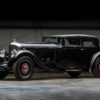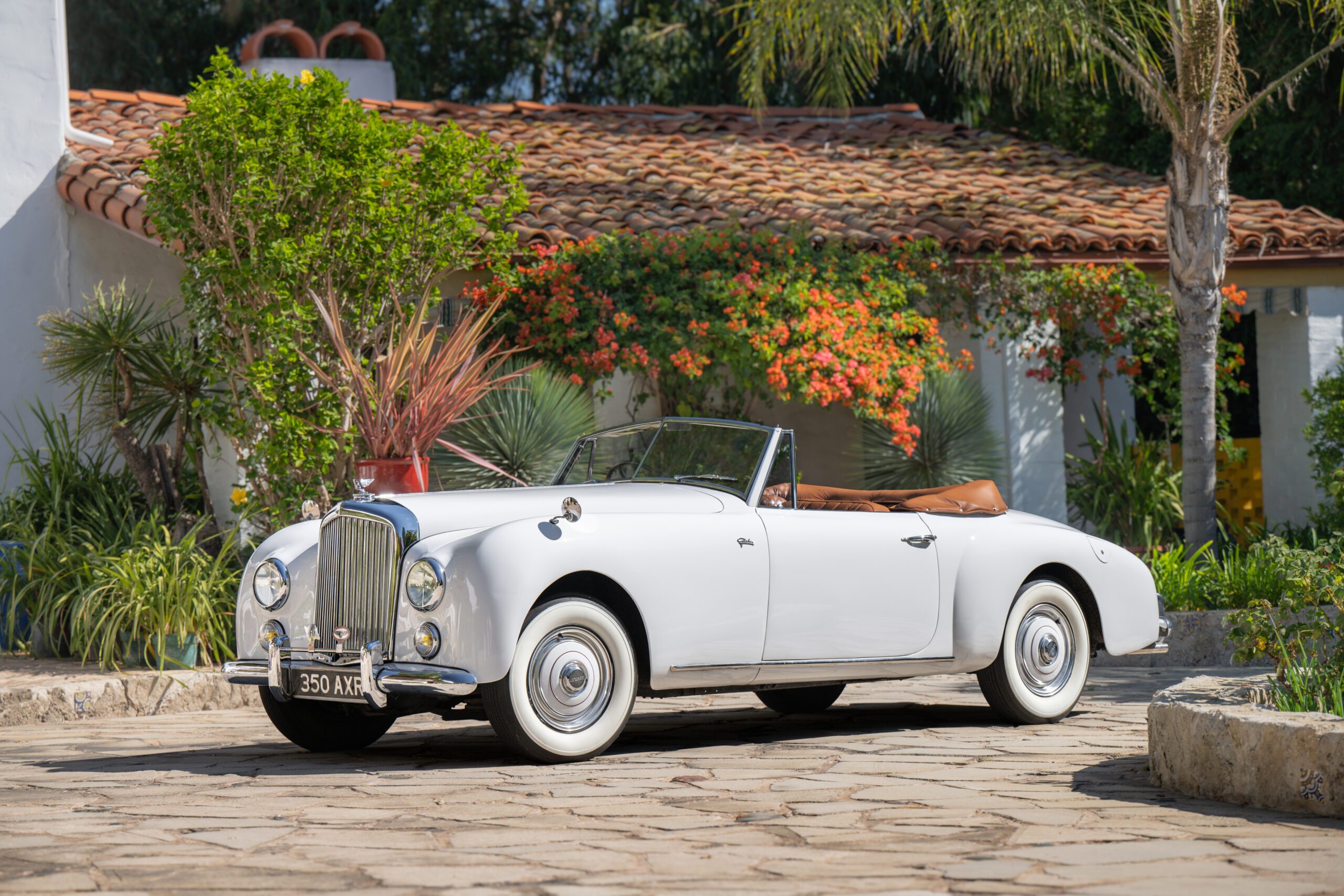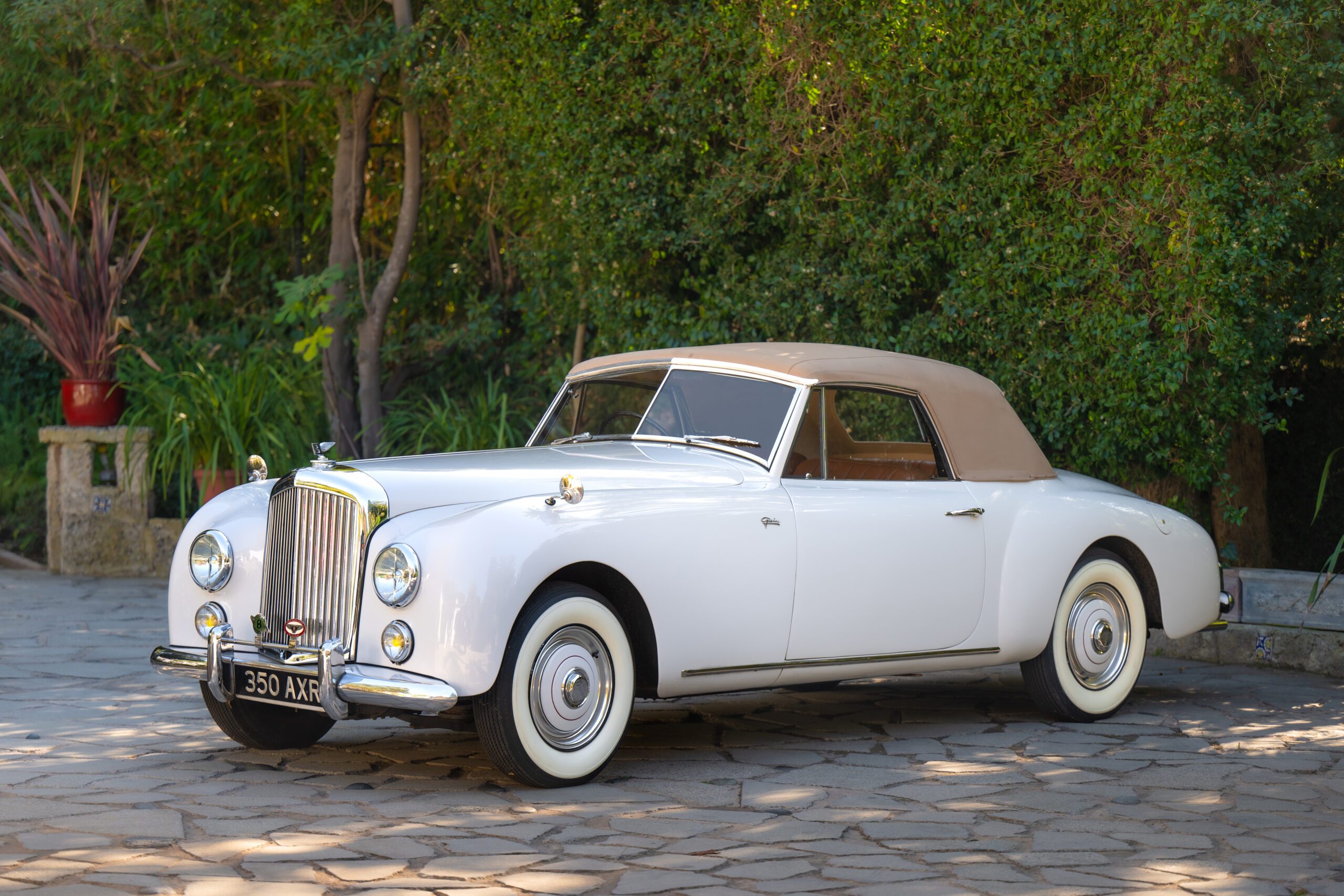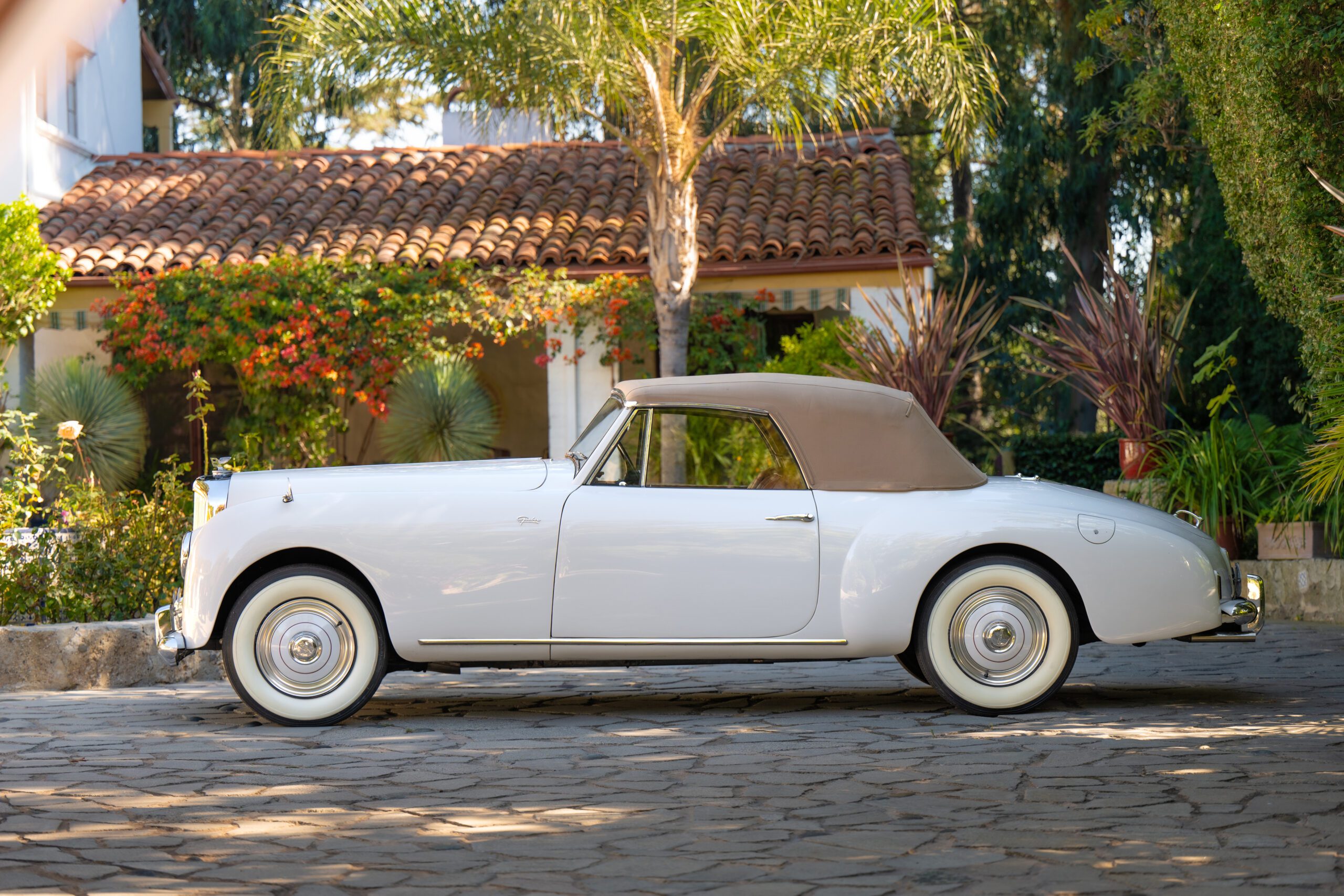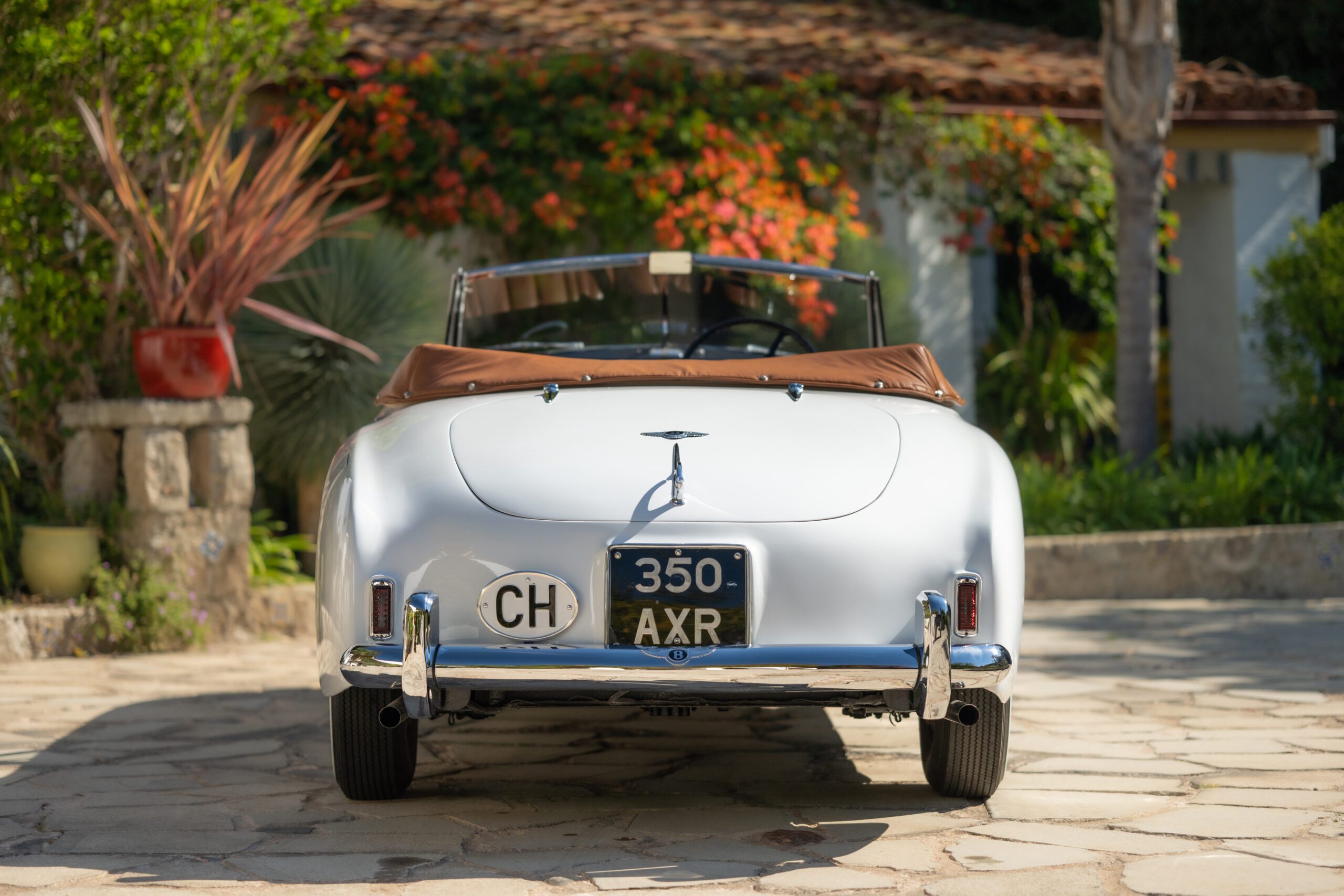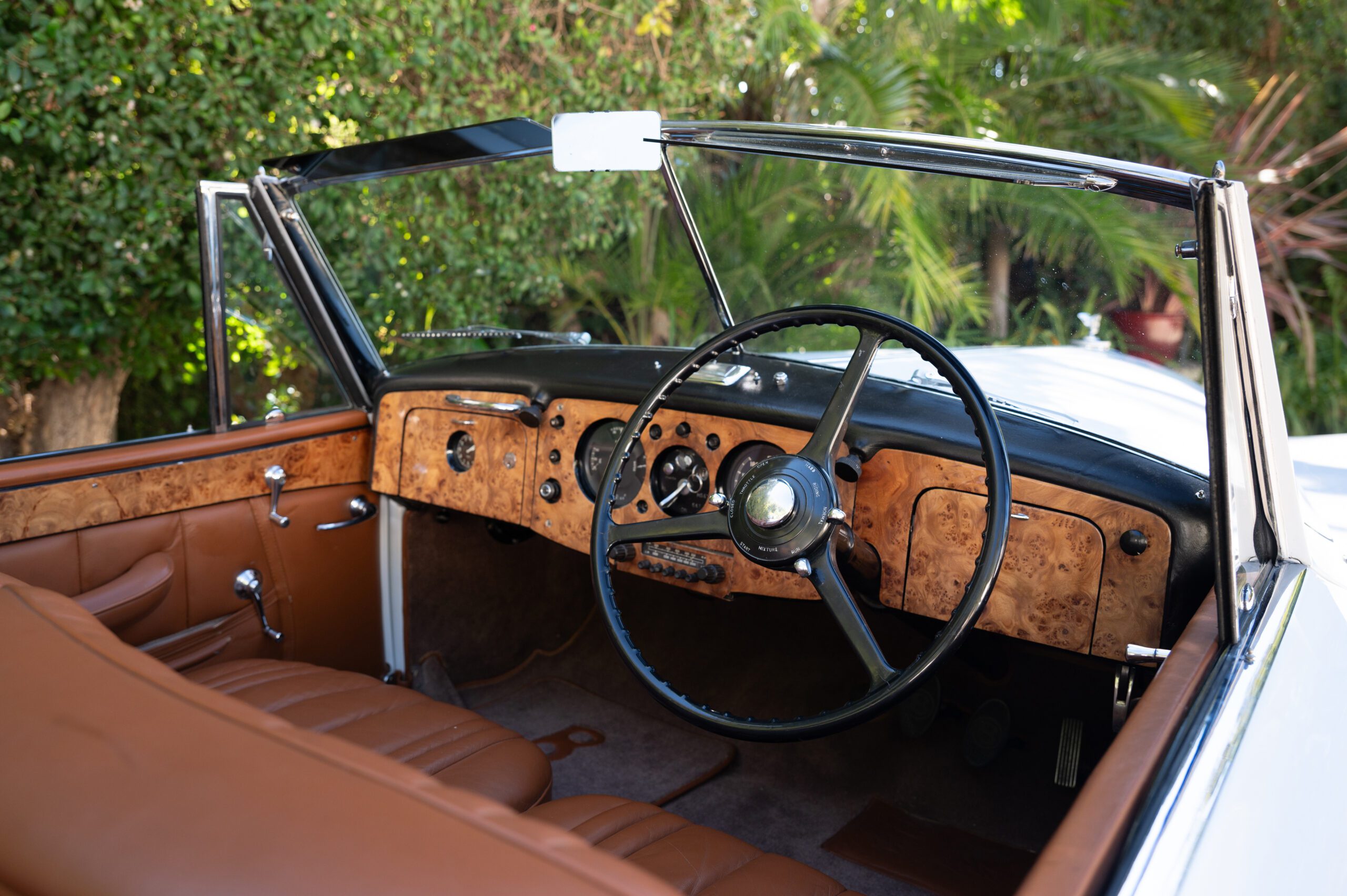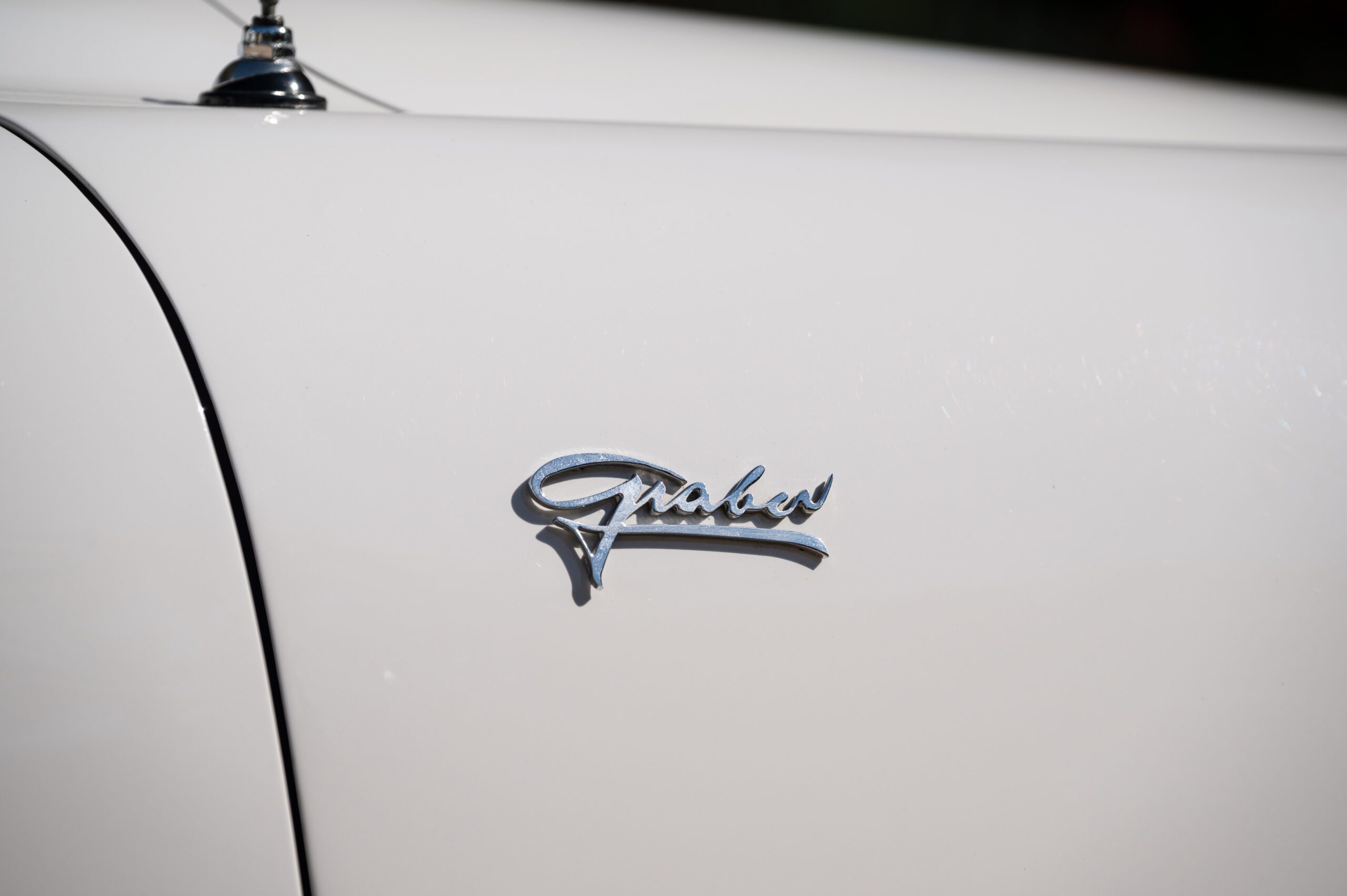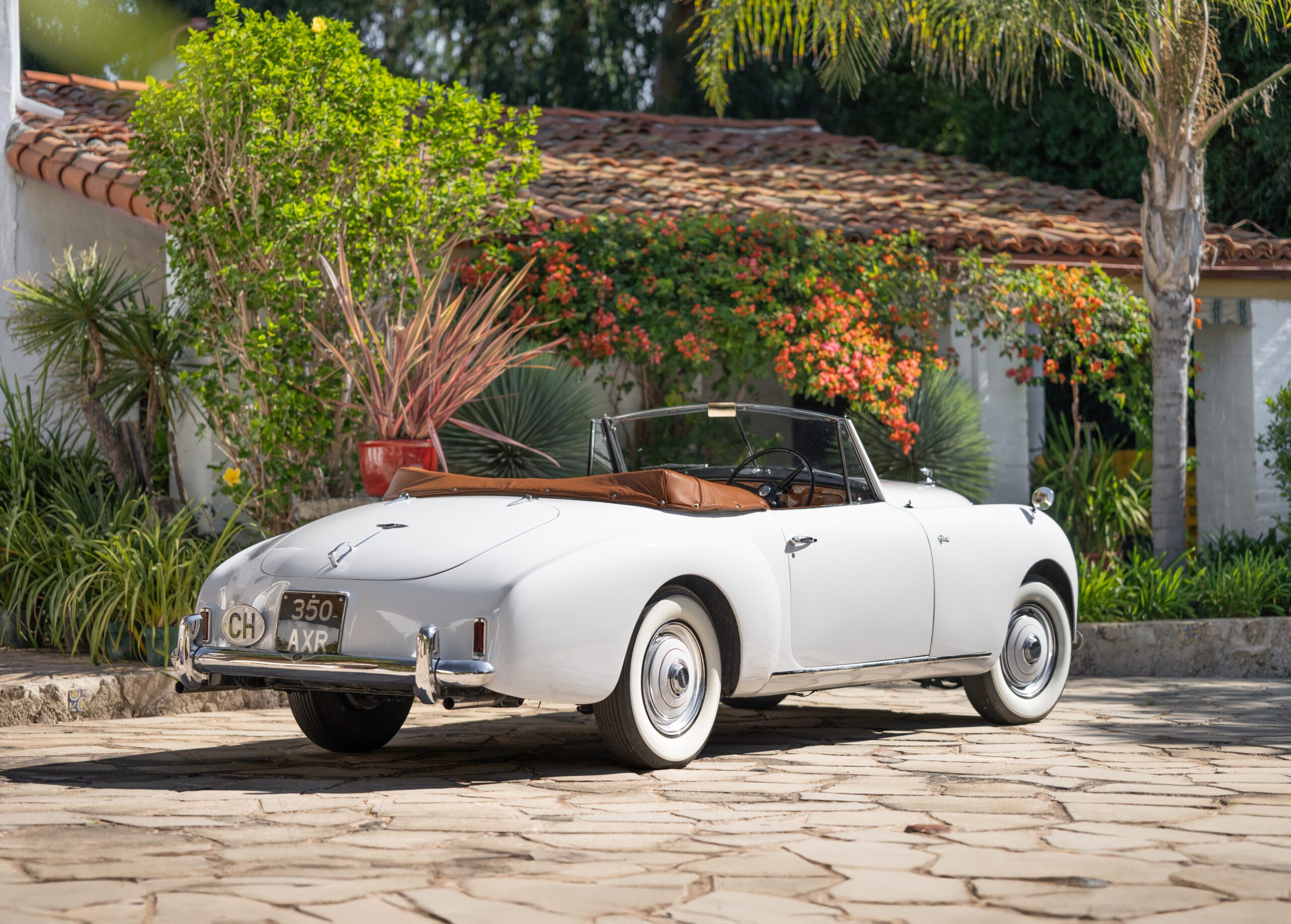Rolls-Royce’s post-war continuation of rationalization, initiated in the late 1930s, persisted with the introduction of standard bodywork on the Mark VI Bentley. Introduced in 1946, a year ahead of the Rolls-Royce Silver Wraith, the Mark VI shared mechanical similarities with the latter but stood out as the first ‘standard steel’ Rolls-Royce, preceding the Silver Dawn by three years.
Retaining a separate chassis, the Mark VI offered versatility with three different wheelbase lengths, with the Mark VI and Silver Dawn measuring exactly 10 feet (4.72 meters). Noteworthy advancements included independent front suspension and hydraulic front brakes.
Powering the range was a new 4,257cc six-cylinder engine featuring ‘F head’ valve gear, enabling improved gas flow with larger valves compared to pre-war models. The Bentley variant boasted twin SU carburettors, distinguishing it from the less powerful Rolls-Royce equipped with a single Stromberg carburettor. The Mark VI excelled as a 90mph car, with a lavishly appointed interior featuring leather upholstery and walnut dashboard and door cappings. The manual gear change remained a characteristic pre-war feature.
Starting with the ‘M’ series in 1951, the engine underwent enhancements, increasing its bore size for greater capacity, culminating in a 4,887cc engine in 1955. Additionally, from 1952, automatic transmission became an option alongside the four-speed manual gearbox. Despite the popularity of the ‘standard steel’ body, many customers still preferred coachbuilt alternatives, especially for open cars, as there were no factory-built convertibles in the Rolls-Royce or Bentley range at the time.
Photo Source: RM Sotheby’s


